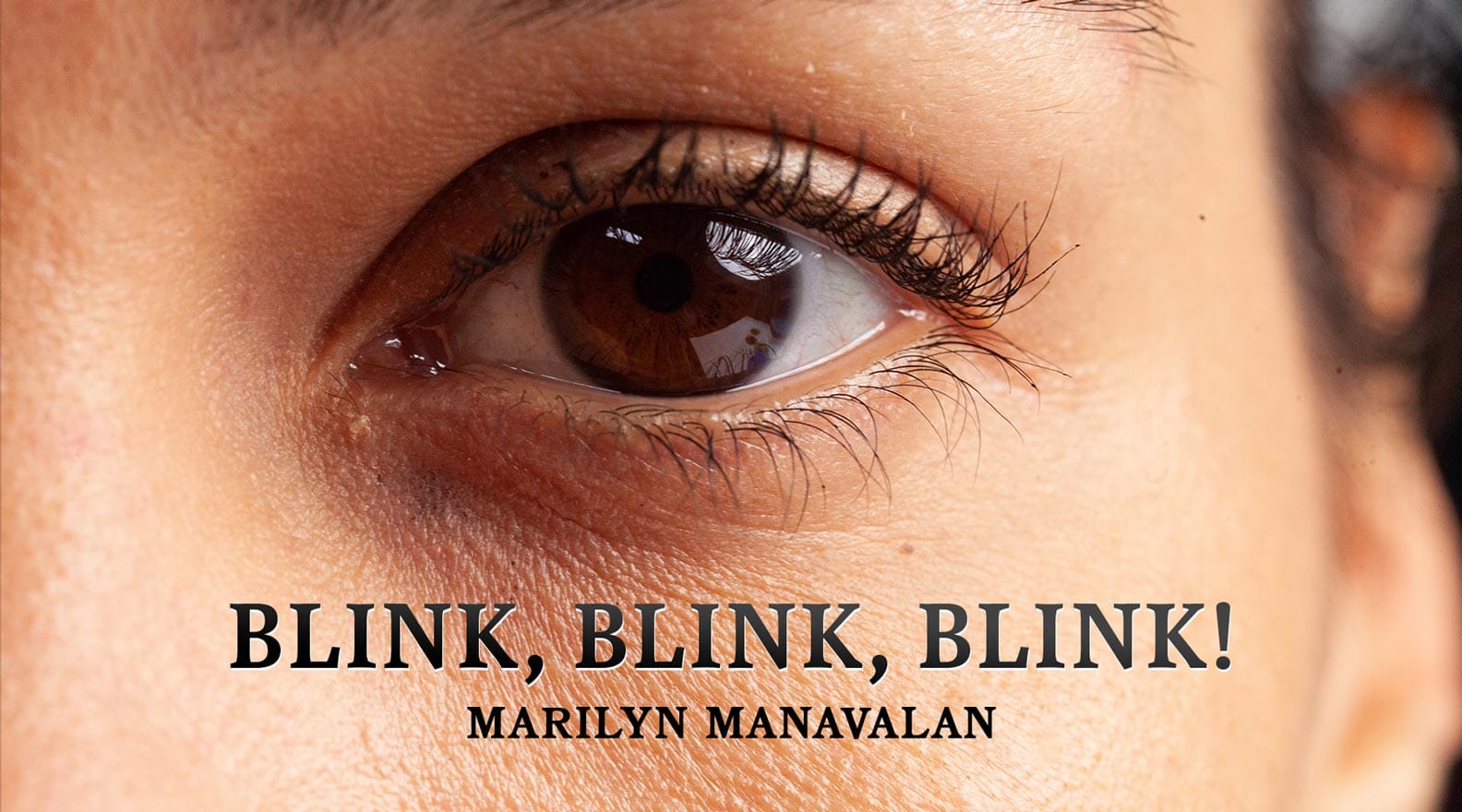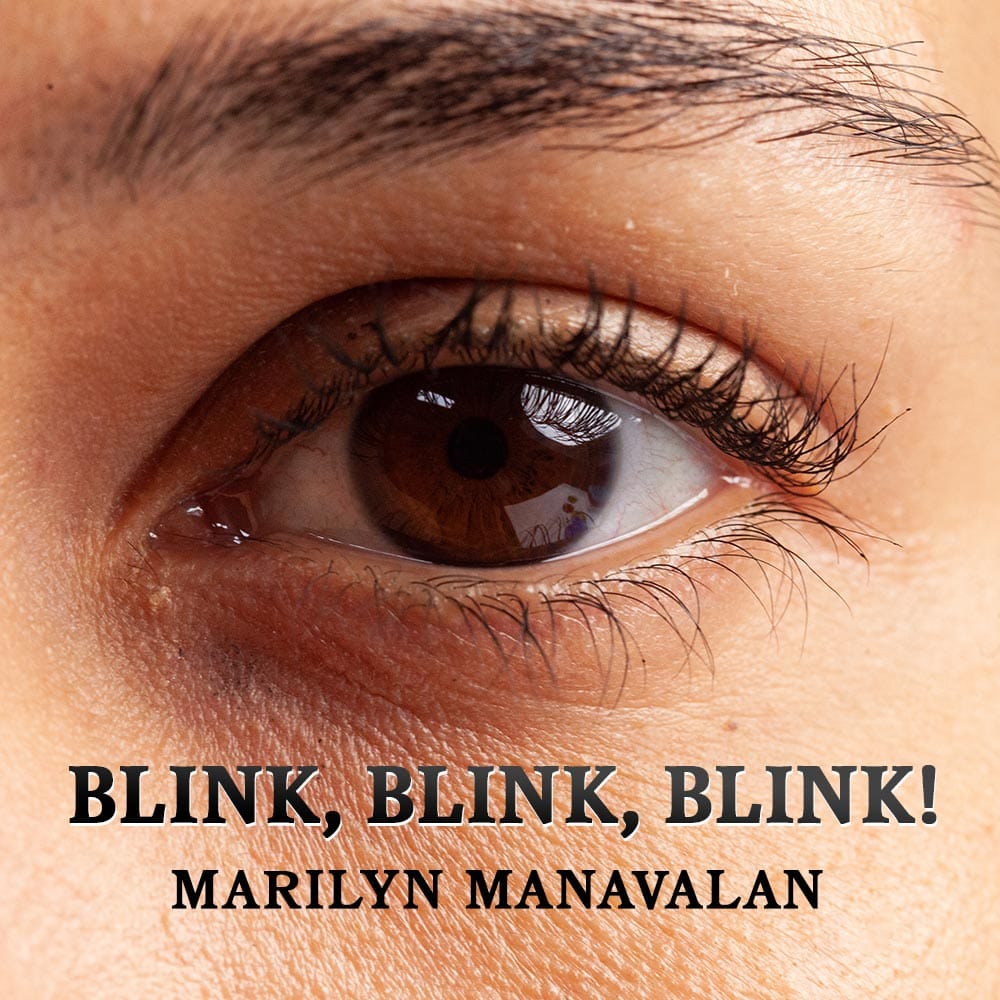Dry Eye Disease is one of the most common eye conditions in America. It is shown to be on the rise among young adults due to increased digital device usage. Studies have shown that blink rates on any digital device decrease significantly, causing the eyes to dry out more. A survey taken in 2013 by Kantar Health stated that 6 million people have reported they suffer from the symptoms of dry eyes but never were diagnosed with Dry Eye Disease.
The eyes are hydrated by tears per each complete blink. Tears, or the tear film, comprise mucus, water, and oil from the meibomian glands. The oil layer of the tear film lowers the rate at which the tears evaporate. To understand Dry Eye Disease, you must know that there are two types of Dry Eye Diseases, Aqueous Deficient and Evaporative. The first type (Aqueous Deficient) occurs when the eyes don’t produce enough tears. The second type (Evaporative) which is more common, happens due to meibomian glands’ inability to produce enough oil due to a blockage. As a result, moisture evaporates from the surface of the eye. A diet consisting of unhealthy oils can produce dysfunctions in the meibomian glands. Symptoms of dry eyes can vary in severity depending on the individual, but typically includes stinging, burning, redness, light sensitivity, excess watery eyes, and blurry vision. Sometimes, prolonged use of contact lenses while on the computer can worsen dry eyes.
There are a multitude of treatments out there to treat dry eyes. However, prevention is better than treatment. One standard tip doctors recommend is to blink regularly when reading or on any digital screens. These blinks must be complete so that the tears can lubricate the entire eye surface. A good rule of thumb suggested by many optometrists is the 20-20-20 rule. Every 20 minutes on the computer, phone, etc., look 20 feet away for 20 seconds. Studies have shown that massaging the eyelids to express oils from the glands when in warm showers and incorporating more omega-3 fatty acids into one’s diet can improve symptoms of dry eyes. If symptoms persist, talk to an optometrist to see what treatment plans are available.
Over-the-counter eye drops are the most common solution for relief from dry eyes. In addition, dry eyes can also be treated with ‘punctal plugs’. In such cases, a plug is inserted into the puncta located on the upper or lower eyelid. The plug prevents the drainage of tears and keeps the eyes moist. These plugs can either be semi-permanent or temporary/ dissolving. More targeted treatments are available for those who suffer from dry eyes due to blocked or clogged meibomian glands. For example, MiBoFlo treatment uses heat from thermoelectric radiation to stimulate meibomian glands to produce more oil. As a result, the tears would evaporate at a slower rate. Dry eyes can be managed through intense pulse light therapy (IPL). In this treatment, the pulses of light applied to the facial skin can break up clogged oil in the glands, while simultaneously reducing any inflammation in the eye. The best results can be seen in both options after multiple treatment sessions.
Although Dry Eye Disease is prevalent today, it is also very much manageable. Following a healthy diet and limiting time on digital screens will do the trick for most people. It is a good safety measure to consult with an optometrist, if you consistently experience any of these symptoms. Stay healthy!
Resources
Akkaya S, Atakan T, Acikalin B, Aksoy S, Ozkurt Y. Effects of long-term computer use on eye dryness. North Clin Istanbul. 2018 Aug 8;5(4):319-322. doi: 10.14744/nci.2017.54036. PMID: 30859162; PMCID: PMC6371992.
-
- https://www.medicalnewstoday.com/articles/321536#evidence
- https://www.aoa.org/news/clinical-eye-care/diseases-and-conditions/new-study-dry-eye-disease?sso=y
- “https://www.aoa.org/healthy-eyes/eye-and-vision-conditions/dry-eye?sso=y”
- https://medodamerica.com/is-dry-eye-becoming-more-common/
- https://www.advancedvisioninstitute.net/blog/miboflo-vs-lipiflow
- https://www.optometrists.org/general-practice-optometry/guide-to-eye-conditions/dry-eye/conjunctivitis-and-eye-infections/dry-eyes-what-is-intense-pulsed-light-therapy/


